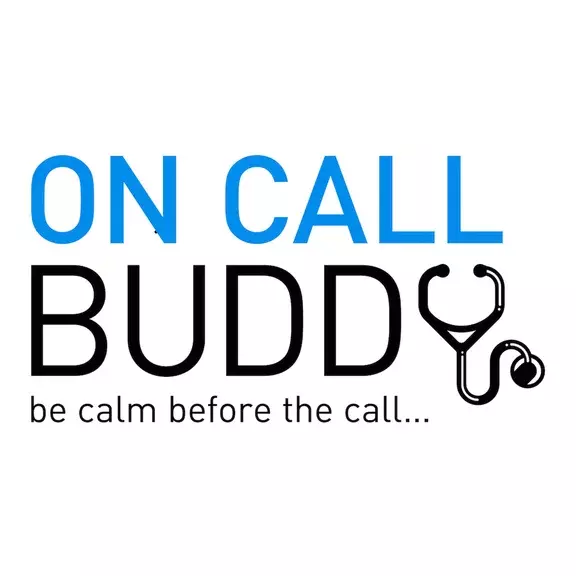Ventilation Therapy
Home ventilation (Non Invasive and Invasive solutions)
Mechanical ventilation is normally used when oxygen levels in the blood are low and carbon dioxide levels are high. The ventilator helps you breathe out more carbon dioxide.
The term is used to describe how the ventilator (air pump) delivers air to your lungs under pressure which helps keep your airways and the air sacs in your lungs open and inflated
Types of Mechanical Ventilation
There are two types of mechanical ventilation that can be used both in a hospital environment and at home.
- Non Invasive ventilation: connected to the patient through full face and nasal masks
- Invasive ventilation: connected to the patient through an endotracheal tube or tracheostomy
The ventilator automatically recognises when you breathe in, then assists and supports each breath you take. This support means that you can take more air in with each breath, allowing more air into your lungs. You will also be able to get rid of the waste product carbon dioxide more easily, making you feel less breathless.
The airflow is strongest when you breathe in to help you take in as much air as possible, meaning that airflow is lower when you breathe out. This is commonly referred to as Bi-level Positive Airway Pressure.
Therapy benefits
The benefits of NIV include the following
-
Improved lung function
-
Better oxygen intake
-
Breath more efficient (improved flushing out of carbon dioxide)
-
Feel more alert with more energy to perform tasks during the day
-
Reduced morning headaches
-
Reduced re-admissions to hospital
Our ventilation solutions
Our Ventilation products
Partners of ONCALLBuddy
ONCALLbuddy provides a quick reference guide to common respiratory conditions, assessment and treatment techniques, links to COVID-19 specific resources, and much more.
Download the FREE app from the Apple App Store or the Google Play Store.
Air Liquide Healthcare UK is a partner of ONCALLBuddy (link to website).
Safety notice
If you have any worries about the safe use of these devices please call our customer service team 0800 085 8398
- Keep the Ventilator or Cough assist on a flat and stable base.
- If provided and where possible use the roll stand for stability and safety
- Do not leave any ventilator accessories, such as the exhalation circuit and valve, on the seat/bed or other absorbent materials when not in use.
- Do not smoke in the environment where the ventilator and/or medical gas cylinder is installed.
- Do not use oils, fats or any substance to lubricate valves, regulators and connections.
- The ventilator must not be continually exposed to direct sunlight.
- When using the ventilator in transport please use the in-use carry bag.
- Do not keep liquids close to the inlet, device or its accessories in order to prevent the risk of electric shock.
- Handling of equipment should only be carried out by a qualified health professionals. Ventilator parameters must be prescribed by your clinical team and only adjusted by your HCP or clinical team.
- Alarms cannot be changed or turned off without direction of the physicians responsible for the patient. If you have any questions regarding alarms, contact Air Liquide Healthcare call centre on 0800 085 8398.
- Air Liquide Healthcare prohibits the performance of maintenance and repairs on the equipment by the customer/user.
- The ventilator must be used exclusively under the request of a physician and should not be used on any other person without a written prescription.
- The electrical installation must support the electrical power indicated on the equipment (see user manual).
- Use only external batteries or UPS supplied by Air Liquide Healthcare. Only ventilator and humidifier base must be connected to the UPS. It is prohibited to connect any other electronic equipment.
- When not in use the ventilator should always be connected to a power supply in order to prevent the internal battery from being discharged. If a UPS is used, the ventilator must remain connected to it, and likewise, the UPS must be connected to the mains.
- UPS – Check daily if the UPS is charged and connected to an electrical power point (other than a socket/extension strip) that is working properly.

